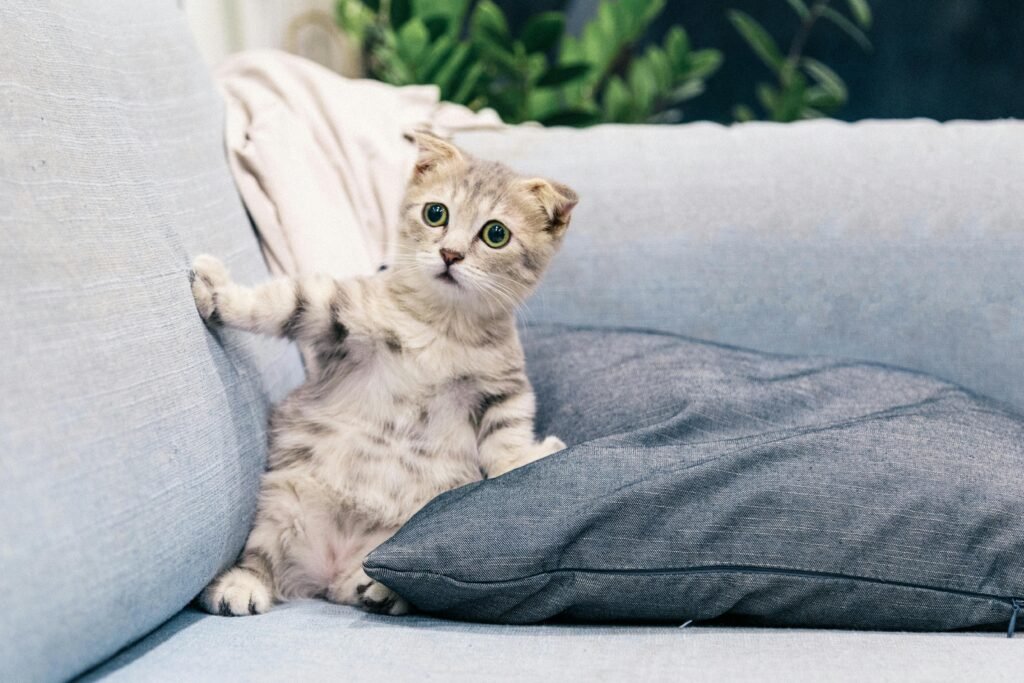Part 1: The Allure of the Fragile – Why Cats Love Delicate Toys
- The Hunter’s Instinct: Cats are descended from solitary hunters, with a natural urge to stalk, capture, and manipulate prey. Fragile toys, with their fluttery movements and unpredictable behavior, can mimic insects or small animals, triggering this deeply ingrained instinct.
- The Sensory Stimulation: Fragile toys often have unique textures, crinkling sounds, and shimmering surfaces. These elements provide cats with a rich sensory experience, engaging their sense of touch, hearing, and vision.
- The Challenge Factor: The delicate nature of these toys presents a unique challenge for cats. The unpredictability of their movement and the potential for breakage can make catching and manipulating them all the more rewarding.
- The Novelty Factor: Cats can become bored with the same old toys. Fragile items offer a fresh and exciting experience, satisfying their curiosity and keeping them engaged.
Part 2: The Fragile Frontier – Navigating the Risks
- Safety Concerns: The biggest concern with fragile toys is the potential for injury to the cat. Broken pieces can present choking hazards or sharp edges that could cause cuts.
- Ingestion Risks: Some cats, particularly young kittens, might be tempted to chew or swallow parts of fragile toys. This can lead to digestive issues or blockages.
- Damage and Frustration: Fragile toys are easily broken, leading to frustration for the cat and disappointment for the owner. This can damage trust and create a negative association with playtime.
- The Ethical Dilemma: Using fragile toys raises ethical concerns. Should we risk a pet’s safety for a fleeting moment of amusement?
Part 3: Seeking Alternatives – Safe and Satisfying Play
- Feather Toys: Lightweight feather toys on wands provide a safe alternative that mimics flying prey and offers great visual and tactile stimulation.
- Crinkle Toys: These toys offer a similar crinkling sound and unpredictable movement as some fragile items but are sturdier and less likely to be torn apart.
- Interactive Toys: Electronic mice, laser pointers, and robotic toys can keep cats engaged with their unpredictable movements, scratching the itch for the thrill of the hunt.
- DIY Solutions: Replicate the sensory experience of fragile toys by creating your own engaging objects from safe materials like cardboard boxes, paper bags, or fabric scraps.
- Rotation and Novelty: Rotate a variety of safe toys to keep things fresh and prevent boredom. Regularly introduce new textures and challenges to maintain your cat’s interest.
Part 4: The Human Touch – Supervision and Enrichment
- Supervised Playtime: Observe your cat during play sessions with any toy, especially new ones. This allows you to intervene if they start chewing or tearing the toy and prevent potential harm.
- Environmental Enrichment: Provide other outlets for your cat’s hunting instincts. Scratching posts, climbing structures, and puzzle feeders can help them expend energy and reduce the appeal of fragile objects.
- Respecting Cat Instincts: While promoting safe play, remember that a cat’s desire to explore and interact with the world is natural. Offer alternative outlets for their instincts while establishing clear boundaries around fragile items.
Part 5: A Delicate Balance – Conclusion
The relationship between cats and fragile toys is a complex one. Understanding the motivations behind their play allows us to choose safer alternatives and create enriching play experiences. By prioritizing safety, offering engaging options, and respecting feline instincts, we can foster a happy and fulfilling playtime for both cat and owner.

